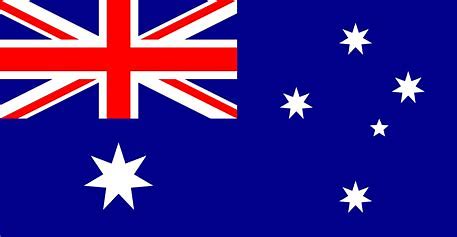
| Status | Enacted Law |
| Law | On October 26, 2025, Australia opened a consultation on changes to the Taxation (Multinational—Global and Domestic Minimum Tax) Rules 2024 for the OECD’s Administrative Guidance. On August 27, 2025, the Australian Taxation Office issued a draft legislative instrument for consultation (the ‘Taxation Administration (Exemptions from Requirement to Lodge Australian IIR/UTPR tax return and Australian DMT tax return Determination 2025’) ). This outlines situations when entities within the scope of the Pillar 2 GloBE rules do not need to file an Australian DMT Return or an IIR/UTPR Return. On August 26, 2025, the Taxation (Multinational—Global and Domestic Minimum Tax) (Qualified GloBE Taxes) Determination 2025 was issued. This provides for a list of jurisdictions that have qualified status for the purposes of the income inclusion rule (IIR) and domestic minimum tax (DMTT), including the QDMTT Safe Harbour. On July 4, 2024, draft legislation was submitted to Parliament. This includes the Taxation (Multinational-Global and Domestic Minimum Tax) Bill 2024, Taxation (Multinational-Global and Domestic Minimum Tax) Imposition Bill 2024 and the Treasury Laws Amendment (Multinational-Global and Domestic Minimum Tax) (Consequential) Bill 2024.These were passed by Parliament on November 26, 2024 and received Royal Assent on December 10, 2024: Treasury Laws Amendment (Multinational—Global and Domestic Minimum Tax) (Consequential) Act 2024 Taxation (Multinational—Global and Domestic Minimum Tax) Act 2024 Taxation (Multinational—Global and Domestic Minimum Tax) Imposition Act 2024 On March 21, 2024, the Australian Treasury released draft legislation and draft rules as part of a consultation to implement the Pillar Two GloBE Rules. This includes an IIR, UTPR and a domestic minimum tax. Explanatory notes were also issued. On December 23, 2024, Australia issued the Taxation (Multinational—Global and Domestic Minimum Tax) Rules 2024 to provide for the detailed application of the Pillar 2 GloBE rules in Australia. On July 16, 2025, the ATO released a Draft Practical Compliance Guideline on the transitional approach to filing obligations for the IIR,UTPR and QDMTT. |
| Effective Date | Financial years beginning on or after January 1, 2024 |
| IIR | Yes (2024) |
| UTPR | Yes (2025) |
| QDMTT | Yes (2024) |
| Filing Deadlines | Standard |
| Safe Harbours | Transitional CbCR Safe Harbour, the Transitional UTPR Safe Harbour, the QDMTT Safe Harbour and the Simplified calculations for Non-Material Constituent Entities Safe Harbour |
If you haven’t got a subscription you can sign up below
| Cookie | Duration | Description |
|---|---|---|
| cookielawinfo-checkbox-analytics | 11 months | This cookie is set by GDPR Cookie Consent plugin. The cookie is used to store the user consent for the cookies in the category "Analytics". |
| cookielawinfo-checkbox-functional | 11 months | The cookie is set by GDPR cookie consent to record the user consent for the cookies in the category "Functional". |
| cookielawinfo-checkbox-necessary | 11 months | This cookie is set by GDPR Cookie Consent plugin. The cookies is used to store the user consent for the cookies in the category "Necessary". |
| cookielawinfo-checkbox-others | 11 months | This cookie is set by GDPR Cookie Consent plugin. The cookie is used to store the user consent for the cookies in the category "Other. |
| cookielawinfo-checkbox-performance | 11 months | This cookie is set by GDPR Cookie Consent plugin. The cookie is used to store the user consent for the cookies in the category "Performance". |
| viewed_cookie_policy | 11 months | The cookie is set by the GDPR Cookie Consent plugin and is used to store whether or not user has consented to the use of cookies. It does not store any personal data. |